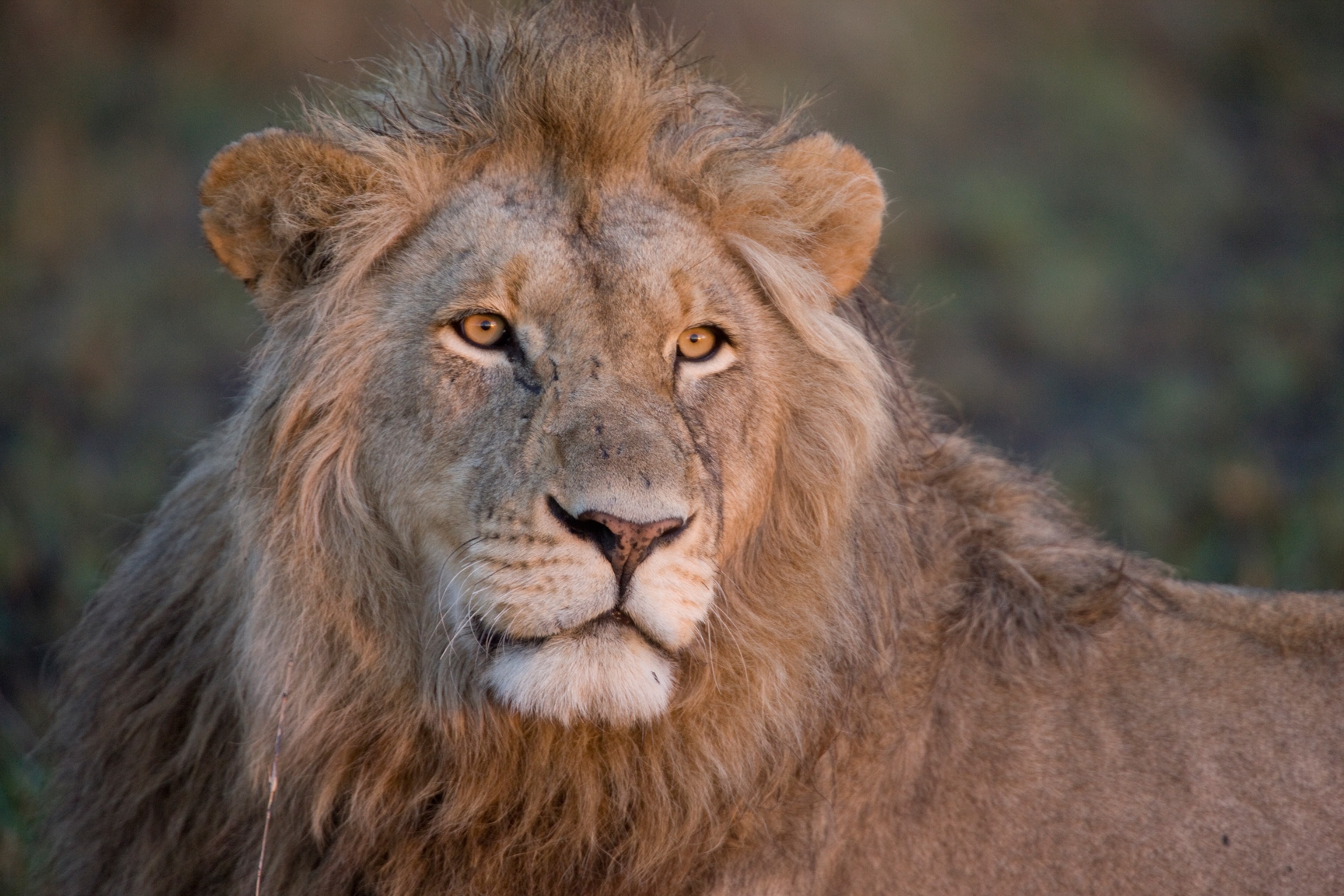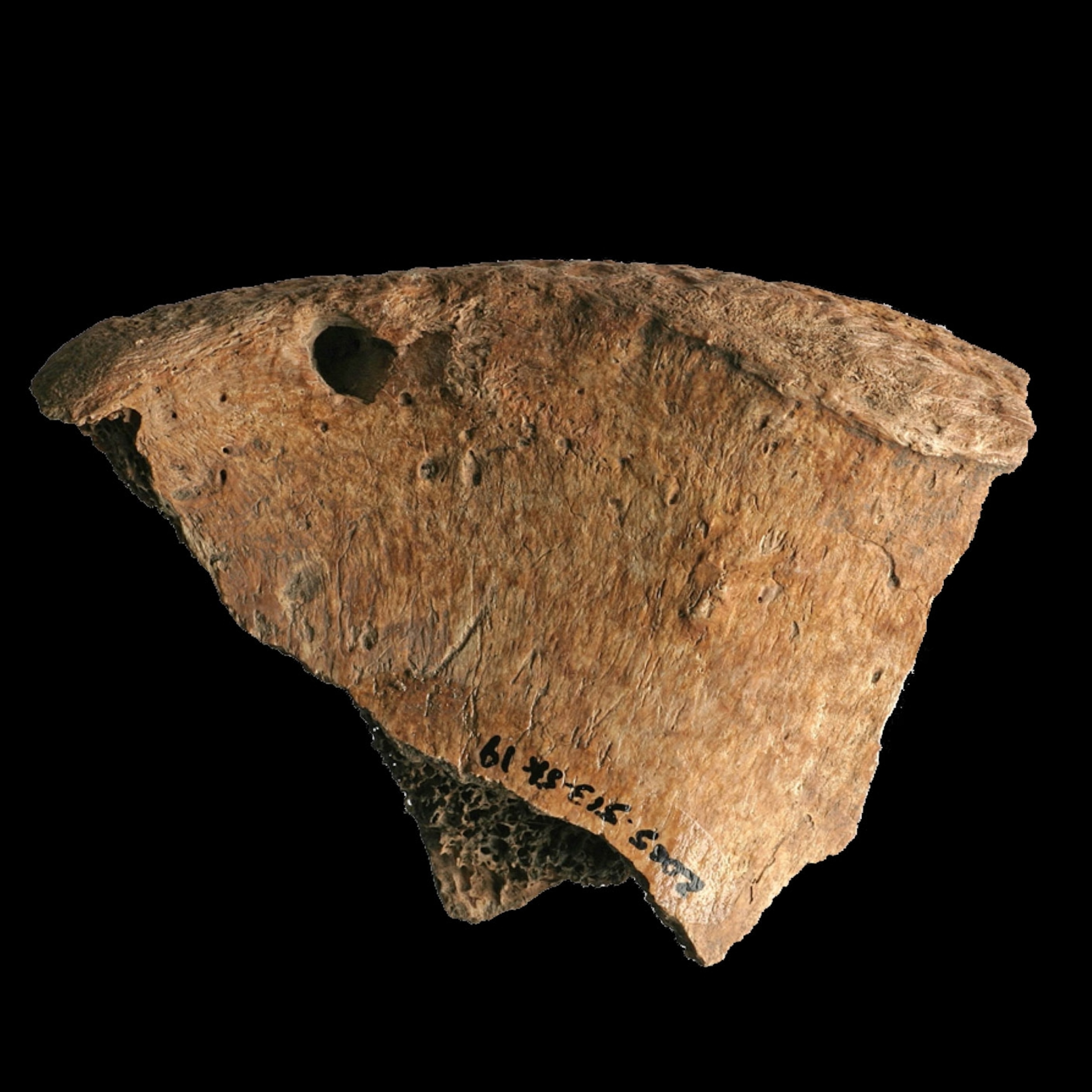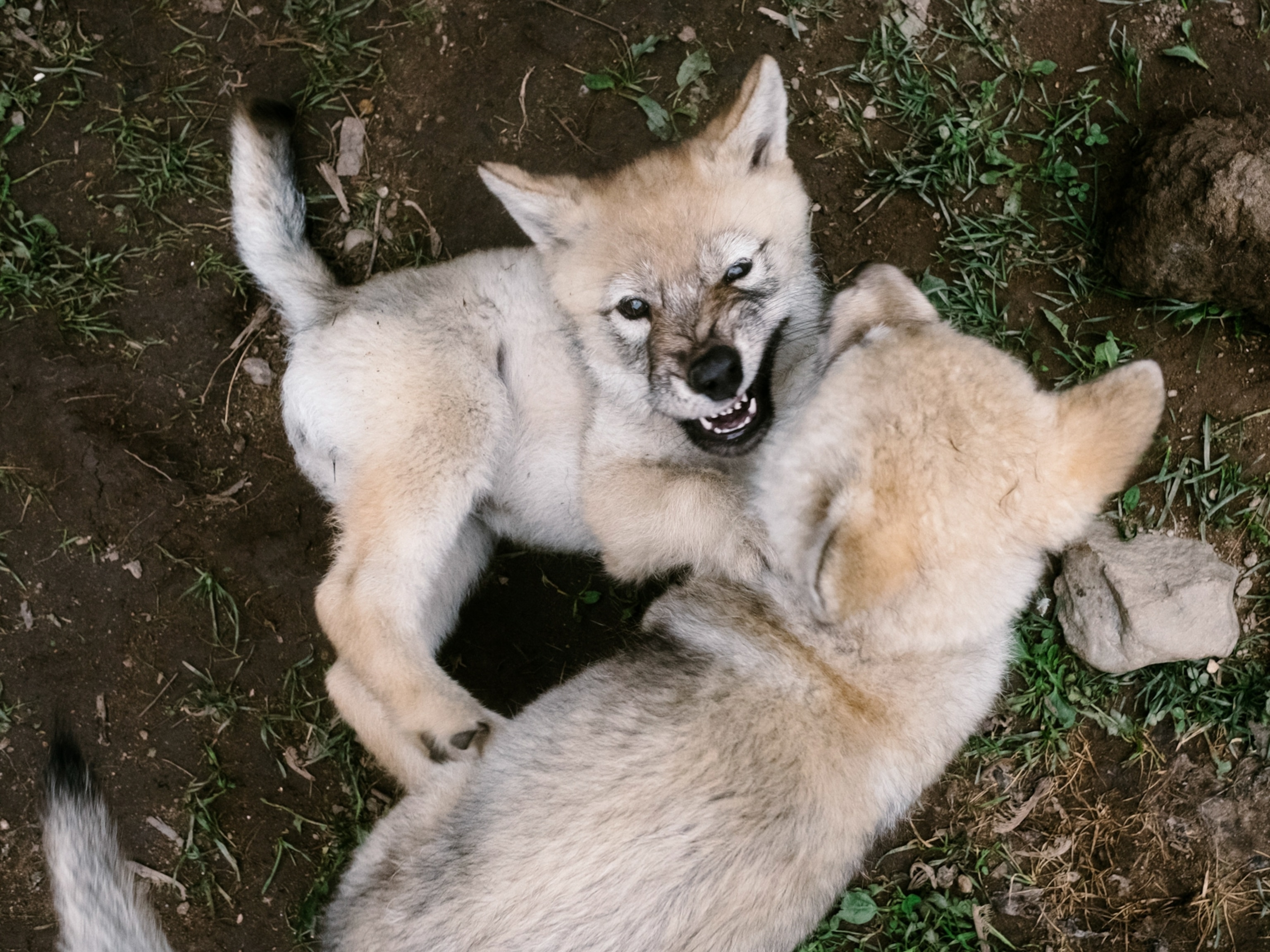
Scientists: Trophy Hunts Should Target Older Lions
New research reveals that stricter trophy hunting rules are needed to conserve the big cats.
When Minnesota dentist Walter Palmer killed Zimbabwe’s Cecil the lion last July, proponents of trophy hunting argued to an infuriated public that the pricey practice helps lions. A portion of the fees supports poor villages and conservation programs, their argument goes.
But some reports have shown that trophy hunts take a toll on Africa’s declining lions, which already face a host of severe threats, such as habitat loss, lack of prey, and greater conflict with humans. A 2012 study, for instance, found that excessive hunts have hurt lions in Tanzania.
Now new research shows why: inadequate hunting regulations. Only strict quotas and restrictions on hunting younger lions can ensure healthy populations, researchers reported on June 9 in the journal Ecological Applications.
“We’re seeing the negative effects of trophy hunting, even though there’s guidance about how it should be managed,” says Scott Creel, an ecology professor at Montana State University and lead author of the study. “The difference with this paper is we’re trying to evaluate strategies people thought would prevent this from happening that haven’t.”
Take one of those strategies: age limits. Tanzania, Zambia, and Mozambique prohibit hunters from shooting male lions younger than six years old to give them a chance to breed. That rule came from an understanding of lions in Tanzania’s Serengeti National Park, where lions were then secure and thriving with plentiful prey.
To test the age-limit rule in an area more representative of habitats where conditions aren’t so favorable—the reality for most lions in Africa—the researchers gathered data from Zambia’s Luangwa Valley, encompassing South Luangwa National Park and two adjacent hunting areas.
They crunched the numbers to figure out how certain rules would affect the lions over the course of 25 years, taking into account human encroachment, poaching, and prey depletion, as well as lions’ social structure (when trophy hunters kill a dominant male, a new one often kills cubs from the dead male’s pride to assert himself).
Among their findings:
- An age limit of six would lead to a die-off of lions. That’s in part, Creel says, because it’s so hard to judge a lion’s age accurately that hunters often unintentionally shoot younger ones. At age six, male lions may not have that full black nose that signals an older big cat.
- Lion numbers largely stabilize when the age restriction increases to seven or eight—but only as long as no more than one lion is taken per 772 square miles (2,000 square kilometers) and with alternating two-to-three-year hunting bans every six years. In recent years, Creel says, all trophy-hunting nations have allowed higher takes than this.
- But even if those conditions are met, there would be a catch: The lion population would still decline, albeit by a fractional amount. “In Luangwa the situation is already tenuous enough due to other problems that if you add harvest on top of it, there’s some probability greater than zero that you’re going to drag the population down,” Creel says. And that’s assuming that other threats to lions don’t become more serious, which experts consider unlikely.
Grist for Policy Makers
The research will help wildlife managers set policies, says Sarah Durant, a senior research fellow at the Zoological Society of London who didn't work on the study but is affiliated with National Geographic’s Big Cats Initiative, which helped fund the study. “One of the implications is that it might make people look again at some of these quotas,” she says.

She agrees with a recommendation made in the report that hunting fees should increase if countries put greater restrictions on the number of lions hunters could kill. Average fees for lion hunts in Africa range from $24,000 to $71,000, according to a 2012 study.
In theory, steeper fees would mean more money for lion conservation programs. But in practice, critics argue, money from trophy hunts often ends up lining the pockets of corrupt government officials and local village leaders.
Lions have declined precipitously in the wild, down from an estimated 200,000 continent-wide a century ago to about 20,000 today. Because they’re so rare, they command one of the highest prices of any trophy species. They’re hunted in countries such as Mozambique, South Africa, Zimbabwe, and Tanzania, the latter of which holds nearly half the continent's remaining lions.
Falling lion numbers, experts say, make it all the more important that trophy-hunting quotas and regulations are based in sound science and diligently enforced. “It’s more difficult to try to control things like illegal hunting or disease,” says Tim Caro, a professor of wildlife biology at the University of California, Davis. “So we need to think very carefully about exploitation practices.”
The release of the study coincides with a report published Monday by the United States House Committee on Natural Resources' Democratic staff. It concludes that there’s little evidence that trophy hunting has benefited the survival of lions, rhinos, leopards, and elephants in Tanzania, Zimbabwe, and South Africa.
This story was produced by National Geographic’s Special Investigations Unit, which focuses on wildlife crime and is made possible by grants from the BAND Foundation and the Woodtiger Fund. Read more stories from the SIU on Wildlife Watch. Send tips, feedback, and story ideas to ngwildlife@natgeo.com.








